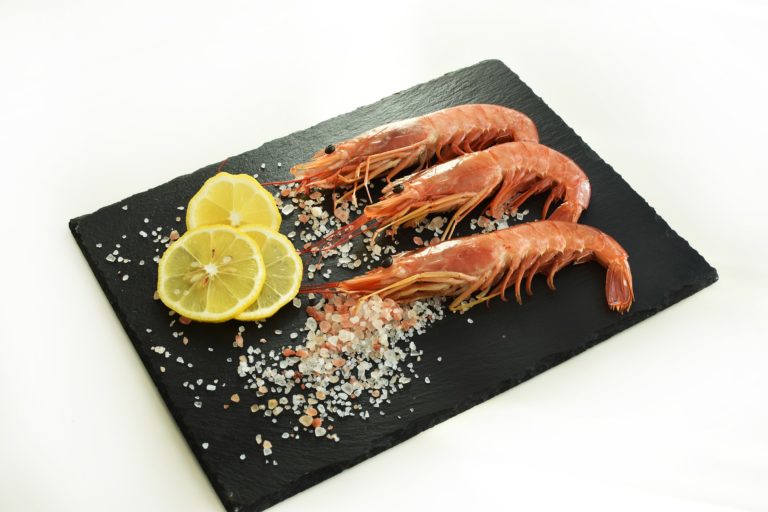
Let’s talk about the foundational pillars of what makes a great dish, salt, fat, acid, and heat. These are necessary elements to cooking best described by Samin Nosrat, in her best-selling book, Salt Fat Acid Heat and also in her mini Netflix series titled under the same name. For now, I’ll be doing my best to live up to her perfected study of these elements through the continuation of this article.
It’s quite simple, we all know you need heat to cook, salt to season, fat for depth of flavor and acid to sharpen the diversity of the pallet. They all play a vital role in the well-rounded completion of a dish. So let’s dive in…
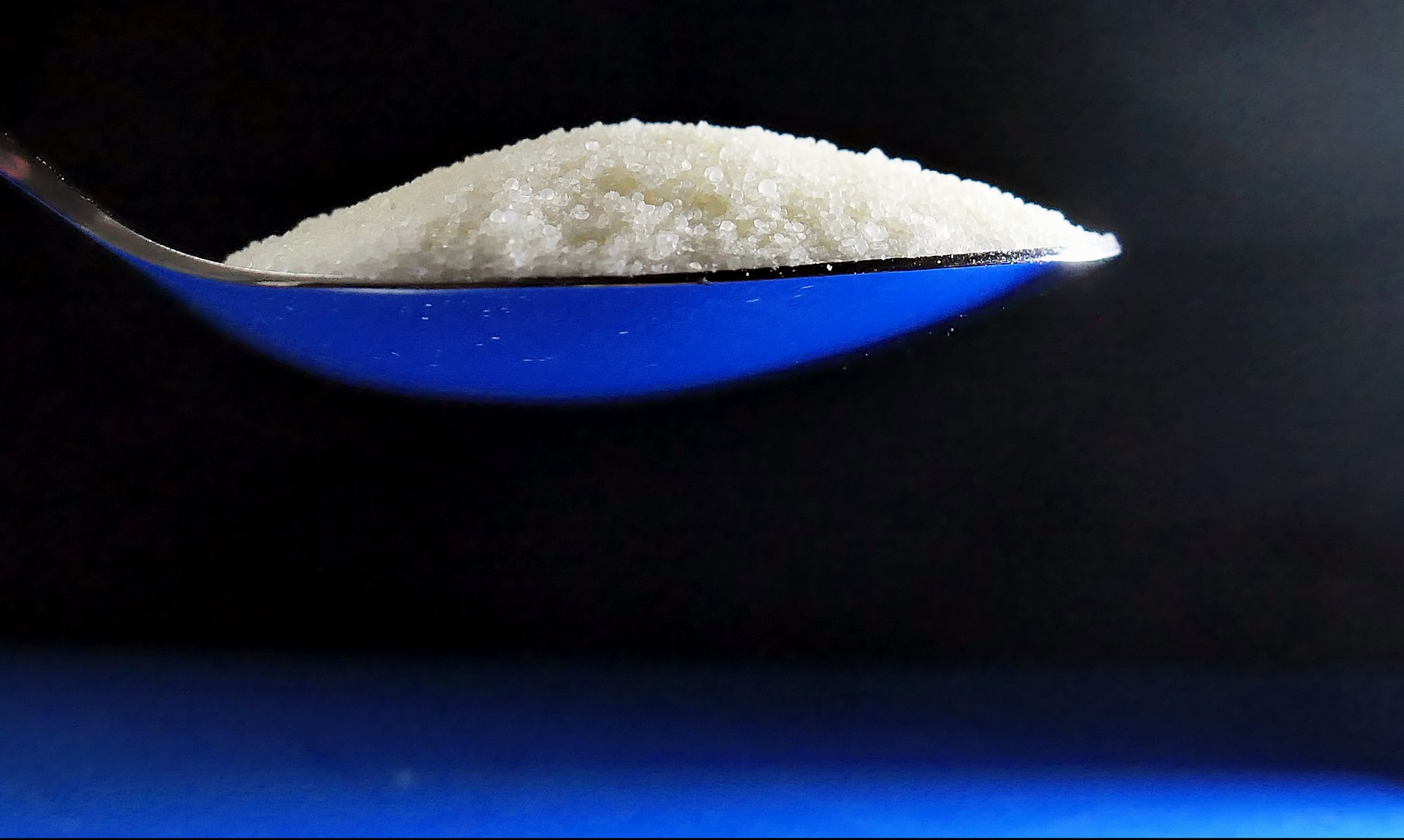
Salt
We have five taste that exists to our human taste buds, they are; salty, sweet, bitter, sour and umami. So, naturally salt is the imperative first pillar to cooking success. It’s the flavor we most commonly recognize, and it can change the flavor of any of the five taste we are able to experience. Keep the salt low in a sweet dish and it actually enhances the sweetness, add more salt to a savory dish and you’ll pick up on more of those umami savory flavors. Salt works as an enhancer, an aid to any flavor we can imagine. This makes it vital to our cooking, no matter what the meal is.
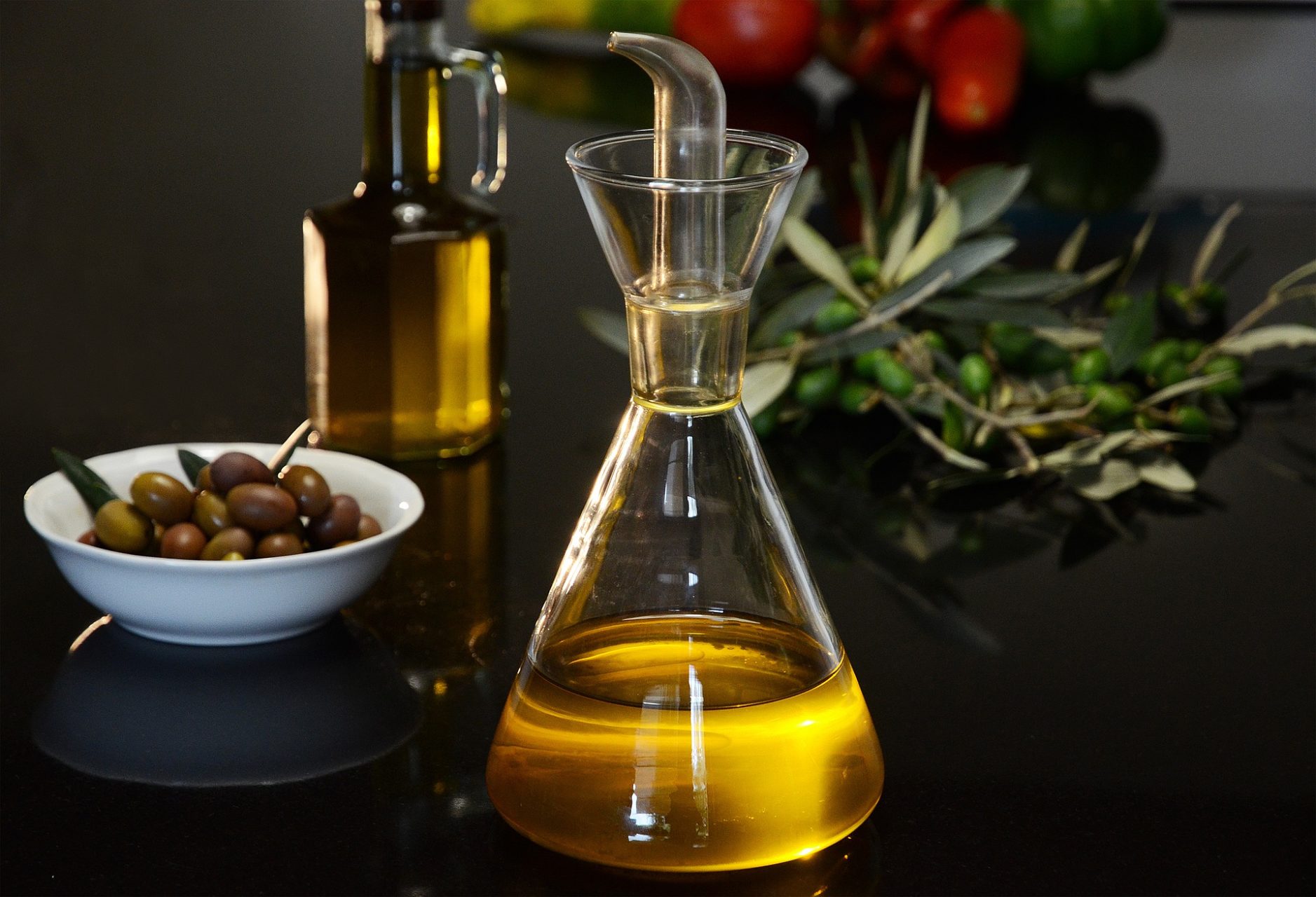
Fat
Fat’s role in a dish cannot be replaced, it also is incredibly versatile as you can incorporate fat through a multitude of different cooking mediums; oils, natural fat in meats, dairy, and nuts. Fat aids in the textural experience of the dish. It provides a pleasant mouth feel and helps to actually cook down the food.
Think how you would use olive oil to sear or maybe you’d drizzle some finishing oil on a salad right before serving. Natural animal fats will provide the most flavor, think if you were to be searing a steak in a stovetop pan, you might throw some butter and herbs in with it then start using a spoon to baste the butter onto the steak. You’re essentially rendering the butter fat into the natural fat of the meat, and if you’ve ever prepared a steak like this, you know the incredible difference it makes to the texture and tenderness of a great cut of meat.
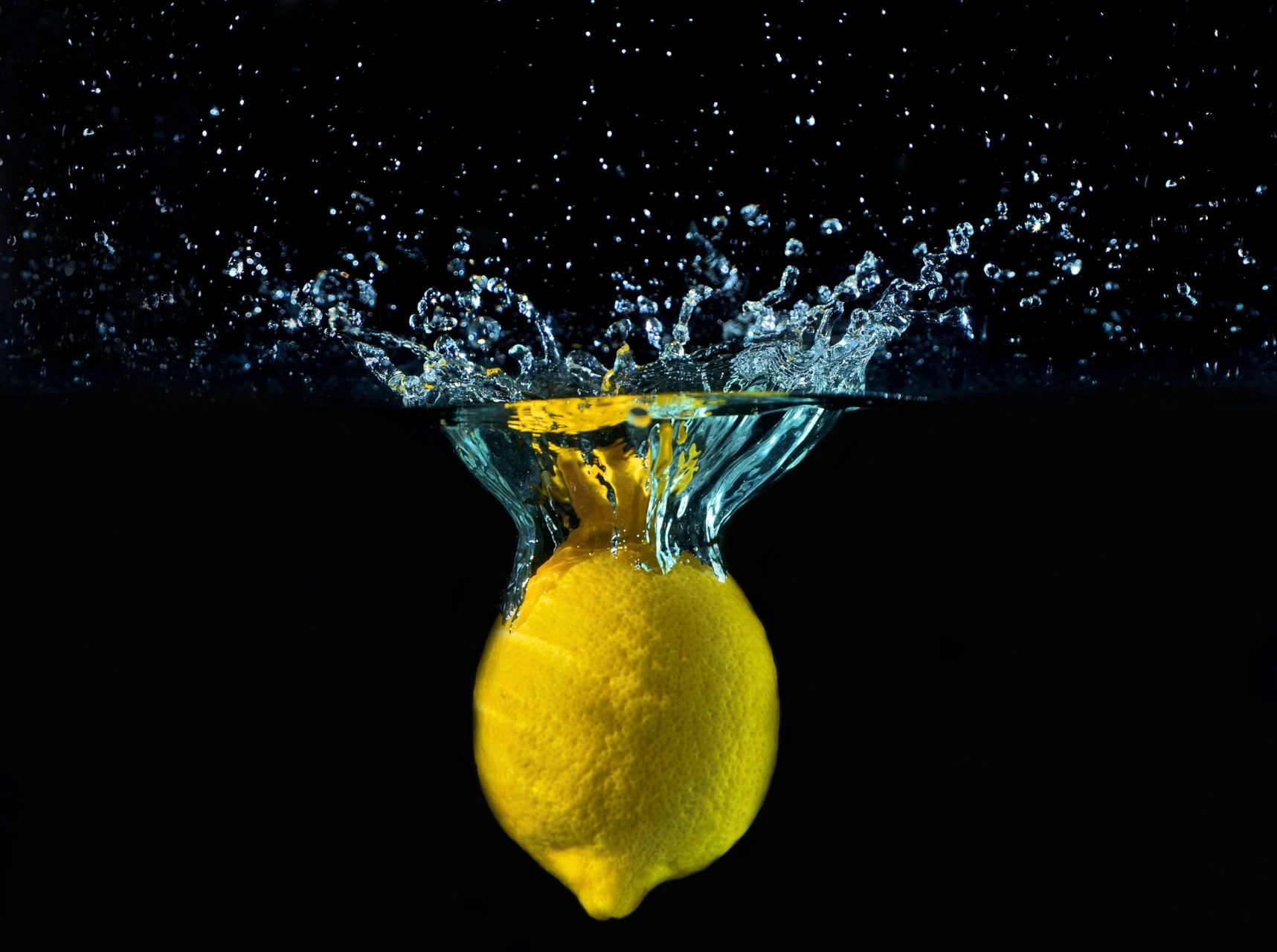
Acid
Acid is most commonly, the underdog of these four flavor pillars. It’s not unusual that the use for acid in dishes goes unknown and is most commonly perceived to be a lime squeezed on top of a taco right before serving. It actually plays a much bigger role. Acid provides balance, it naturally counteracts heavy flavors like too much salt or too much sweetness. It levels out a dish so you can taste each element in layers. It lightens the pallet while stile keeping a depth of flavor. Acid doesn’t just have to be a lime or a lemon, acid is also vinegar, wine or beer, cultured dairy, fermented foods and even tomatoes.
Acid also plays a huge role in the tenderization of a dish. Acid breaks down foods and aids in the actual cooking process. Think ceviche, in this dish acid is used to break down foods and essentially cook them without heat. Keep a bottle of red wine vinegar and some lemons around your kitchen, either one can propel your dish to the next level.
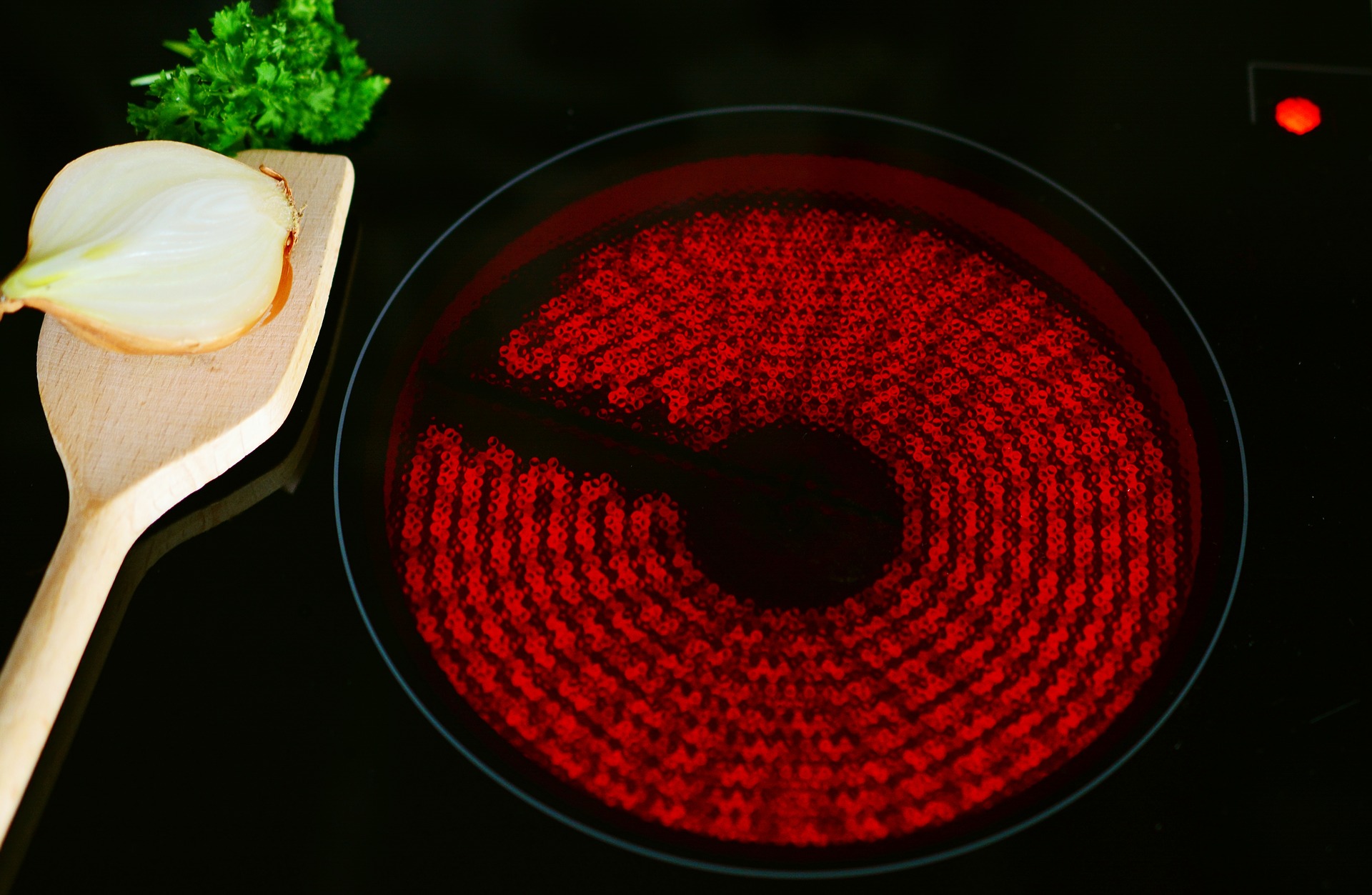
Heat
Okay, so this one is pretty obvious, without heat the chemical changes in our foods cannot happen. Food will not caramelize, it will not sear, it will not poach, it will not boil. Heat is pretty straight forward and of course is a necessary pillar in the aiding of a perfect dish.
As you can see, we have figured out the science behind great tasting food. It’s not a daunting task to make a delicious meal. If you incorporate these four pillars, you’re bound to have success and a delicious dish to enjoy. Thank you to Samin Nostrat for her detailed explanation on this topic through her book; Salt Fat Acid Heat and also through her Netflix series, so I can, in turn, happily share this information with you all. Happy cooking!
Images:www.pixabay.com